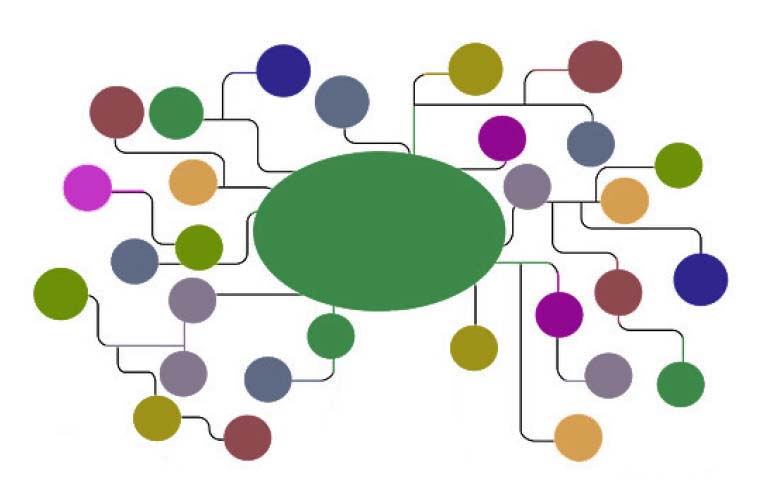What can happen when we are faced with a situation that requires us to shift perspective? As eloquently stated by the economist John Kenneth Galbraith: “Faced with the choice between changing one’s mind and proving that there is no need to do so, almost everyone gets busy on the proof.” We get consumed by proving ourselves “right”, even if this keeps us stuck in misery, inertia and powerlessness!

I sometimes wonder if we default to this mindset, because we have a distorted impression of what it means to shift perspective. Does it conjure up feelings of fatigue, uncertainty, fear and even loss? It makes perfect sense to doggedly fight to maintain a particular viewpoint if these might be the consequences. What, however, if we saw shifting perspective as an opportunity that might be ripe with possibility and excitement? A chance to indulge our curiosity, our sense of adventure, our capacity for learning something new. This may smack somewhat of hyperbole, but there can be no doubt that bringing an inquisitive mindset to a situation that challenges our current perspective, will create the potential for opening us to new thoughts and ideas. The opportunity for creating engaged, dynamic conversations is not hard to see. In their book, Upgrade, Richard Boston and Karen Ellis, detail the inside out process of being able to incrementally build our capacity to shift perspective and grow our ability to communicate and influence others:
The First Perspective- Our own view
At this level we are overall functioning from the viewpoint of ourselves. An “I” perspective, that is focused on our opinions and how we see things. Although, it is essential to have an appreciation of our individual perspective, if we get stuck in this viewpoint, we will be limited in our capacity to develop awareness and understanding of the viewpoints of others. Our ability to exert constructive influence will be severely limited.
The Second Perspective- The view of others
Harnessing curiosity can be a vital tool for shifting into this perspective. Even if we don’t agree with another person’ perspective, we can be curious as to the thinking behind their point of view. Moving to this level represents a critical shift in being able to develop the ability to begin understanding what it means to “walk in someone else’s shoes”, which fosters the growth of empathy. Empathy is a cornerstone of being able to lead with compassion.
The Third Perspective- The objective third person view
With this perspective we are able to stand back and see the relationship between the two parties from a place of detachment that is not influenced by the biases and preconceived ideas of the first or second person perspective. We create a perspective that can assess the situation with objectivity. This leads to a more neutral, less emotional environment that is more likely to build trust and commitment and create a win-win situation.
The Fourth Perspective-The hawks-eye meta view
Finally, it is this perspective that allows us to see and understand the full spectrum of factors eg. culture, social mores, physical environment, individual experiences, etc. that are influencing the beliefs, opinions and behaviors of the different parties. From this perspective, we can incorporate a comprehensive, global view into our leadership style and strategies.
Moving fluidly between these perspectives serves us well as we seek to engage, collaborate and lead most effectively in a diverse world.


